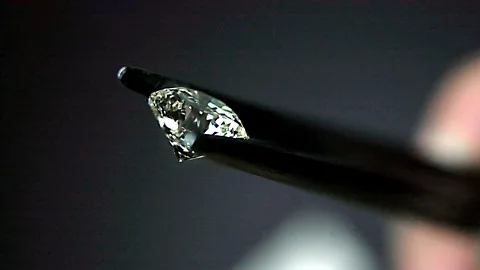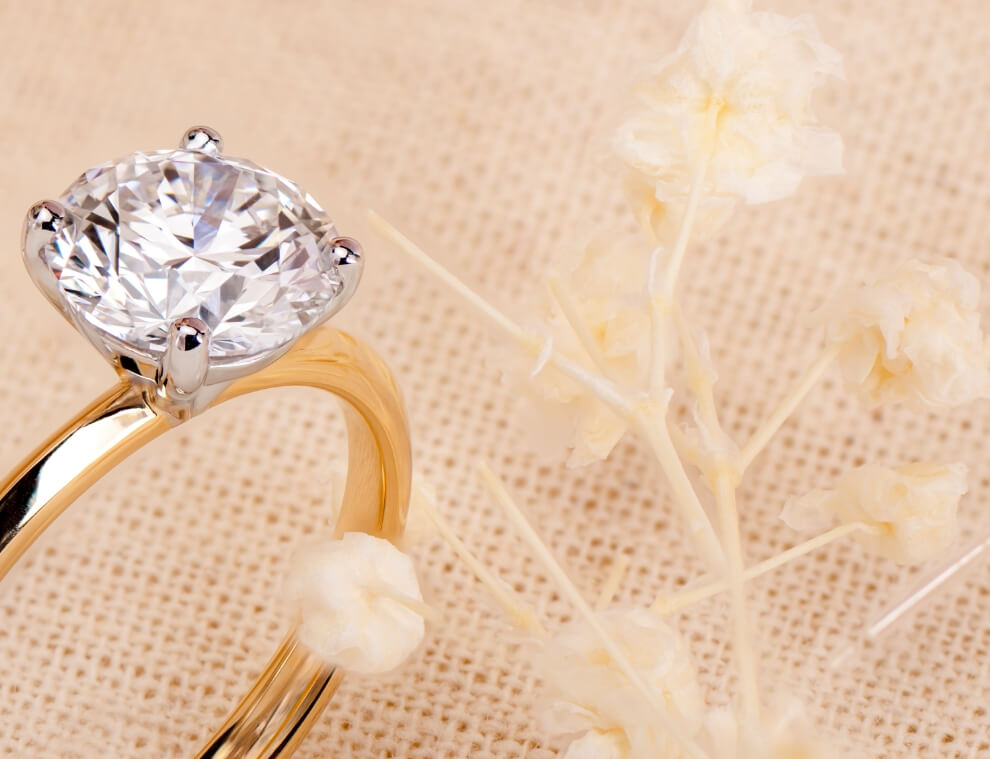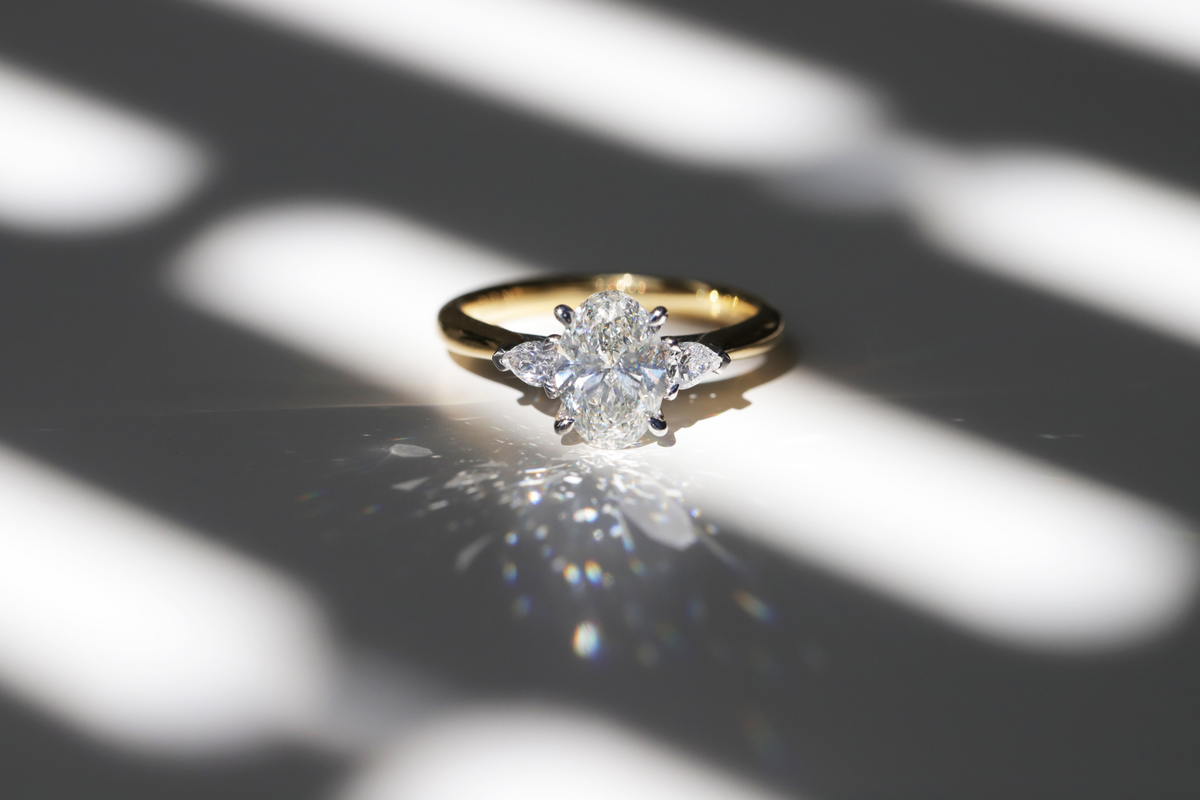Lab-created diamonds have gained immense popularity in recent years as ethical and cost-effective alternatives to natural diamonds. However, when purchasing a lab-created diamond, it is crucial to understand the differences between certification bodies such as GIA vs IGI. The certification of lab-created diamonds plays a significant role in determining their quality, authenticity, and market value. This article will provide an in-depth comparison of GIA vs IGI and how they assess lab-created diamonds.
Table of Contents
What Are Lab-Created Diamonds?
Lab-created diamonds are diamonds that are grown in a controlled laboratory environment using advanced technological processes. Unlike natural diamonds, which take millions of years to form under the Earth’s crust, lab-created diamonds are produced within weeks or months. Despite their synthetic origin, lab-created diamonds exhibit the same physical, chemical, and optical properties as natural diamonds. Understanding the role of certification bodies such as GIA vs IGI is essential for making informed purchasing decisions regarding lab-created diamonds.
GIA vs IGI: An Overview
The Gemological Institute of America (GIA) and the International Gemological Institute (IGI) are two of the most reputable gem certification authorities. When comparing GIA vs IGI, it is important to note that both organizations have different grading criteria and approaches to evaluating lab-created diamonds. While both institutions certify lab-created diamonds, their reports can differ in terms of grading accuracy, consistency, and market recognition.
GIA Certification for Lab-Created Diamonds
GIA is widely regarded as the gold standard in diamond certification. When it comes to GIA vs IGI for lab-created diamonds, GIA provides comprehensive reports that assess various aspects such as cut, clarity, color, and carat weight. GIA lab-created diamonds undergo rigorous testing using advanced gemological techniques to ensure their authenticity. However, GIA’s grading system for lab-created diamonds differs from that of natural diamonds, as it provides general color and clarity grades rather than detailed specifics.
IGI Certification for Lab-Created Diamonds
On the other hand, IGI is known for being one of the largest diamond certification laboratories worldwide. Comparing GIA vs IGI, IGI is often preferred for lab-created diamonds because of its more detailed grading reports. IGI lab-created diamonds receive specific color and clarity grades, which makes them more comparable to natural diamond reports. Many jewelers and online retailers choose IGI certification for lab-created diamonds due to its affordability and faster turnaround time.
Grading Differences: GIA vs IGI
When evaluating lab-created diamonds, the grading standards set by GIA vs IGI can influence purchasing decisions. GIA is known for its strict grading policies, which ensures consistency and credibility. In contrast, IGI tends to be more lenient in grading, which can sometimes lead to discrepancies in quality perception. Buyers need to understand these differences when selecting between GIA vs IGI lab-created diamonds to ensure they receive a diamond that meets their expectations.
Market Value and Preference
The market value of lab-created diamonds is significantly affected by their certification. Many consumers and industry professionals recognize GIA-certified lab-created diamonds as having higher credibility due to GIA’s strict grading process. However, IGI lab-created diamonds are also widely accepted, especially among those looking for more affordable options. When comparing GIA vs IGI, buyers should consider whether they prioritize prestige and accuracy or affordability and accessibility.
Transparency and Ethical Considerations
Lab-created diamonds are often chosen for their ethical benefits, as they eliminate the need for diamond mining, which can have severe environmental and human rights impacts. In the debate of GIA vs IGI, transparency in grading and reporting is vital for maintaining consumer trust. Both GIA lab-created diamonds and IGI lab-created diamonds offer a reliable alternative to natural diamonds, but buyers should research their grading reports to ensure transparency in quality assessment.
Which Certification Should You Choose?
The choice between GIA vs IGI ultimately depends on personal preference and purchasing priorities. If a buyer values the highest level of grading accuracy and market recognition, GIA lab-created diamonds may be the preferred choice. However, if a buyer seeks a more affordable certification that still provides detailed grading, IGI lab-created diamonds can be a suitable option. Understanding the differences between lab created diamonds help consumers make an informed decision when purchasing lab-created diamonds.
Conclusion
Choosing between GIA vs IGI is a crucial aspect of buying lab-created diamonds. Both certification bodies have their strengths and weaknesses, with GIA being known for its rigorous grading standards and IGI offering detailed yet accessible reports. Whether opting for GIA lab-created diamonds or IGI lab-created diamonds, consumers should prioritize quality, transparency, and budget considerations. By understanding the key differences in GIA vs IGI certification, buyers can ensure they invest in a lab-created diamond that meets their needs and expectations.



